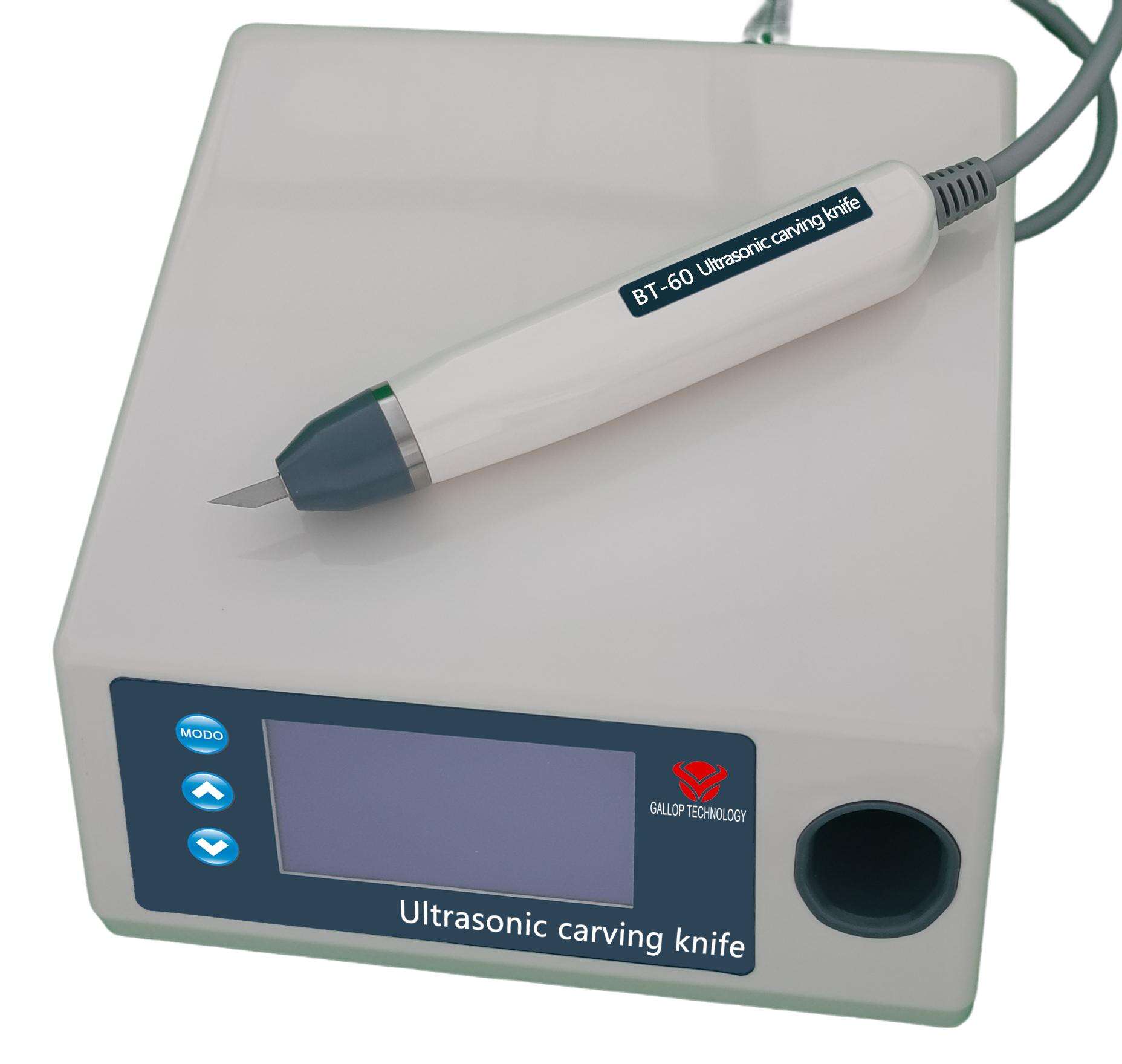upper arch teeth
The upper arch teeth represent a vital component of human dental anatomy, comprising a curved arrangement of teeth in the maxillary jaw. This sophisticated structure consists of 16 teeth, including incisors, canines, premolars, and molars, each serving distinct functions in the process of mastication and speech articulation. These teeth work in perfect harmony to facilitate essential daily activities such as biting, chewing, and proper food breakdown. The upper arch demonstrates remarkable engineering, with each tooth precisely positioned to maximize efficiency and functionality. The arrangement ensures optimal contact with lower teeth during bite closure, creating an effective seal that aids in both eating and speaking. Modern dental technology has extensively studied the upper arch's biomechanics, leading to advanced understanding of its role in maintaining facial structure, supporting proper digestion, and contributing to clear speech patterns. The anatomical design of the upper arch includes specialized features like the palatal cusps and complementary grooves that enable efficient grinding of food. Additionally, the upper arch teeth play a crucial role in maintaining facial aesthetics, supporting the upper lip and contributing to a balanced facial profile. Their positioning also helps direct food during chewing and assists in the formation of specific sounds during speech.


